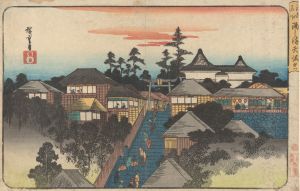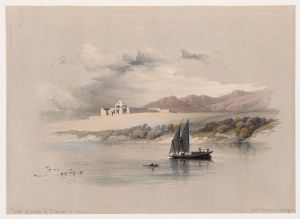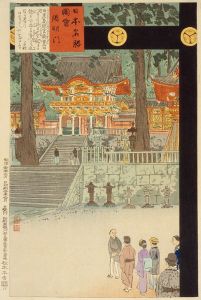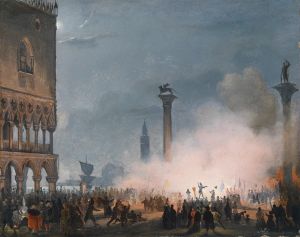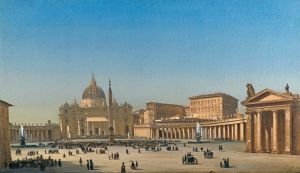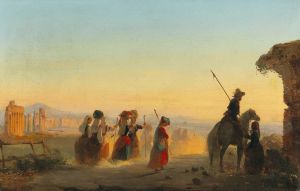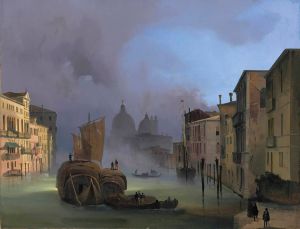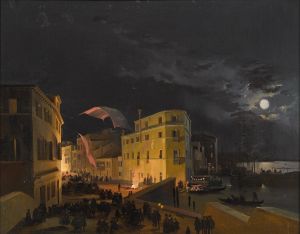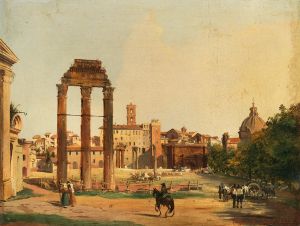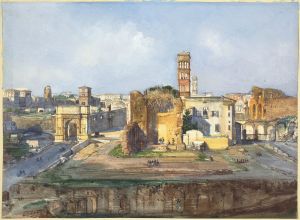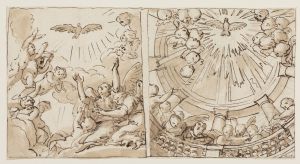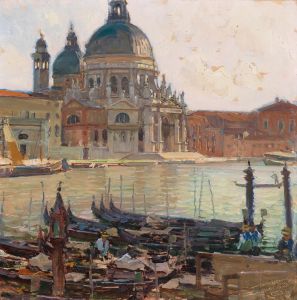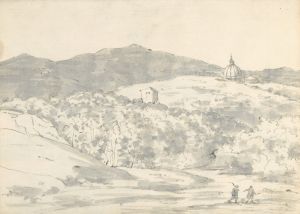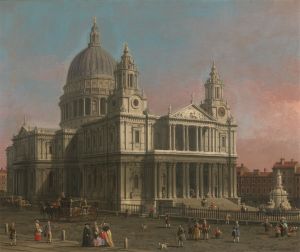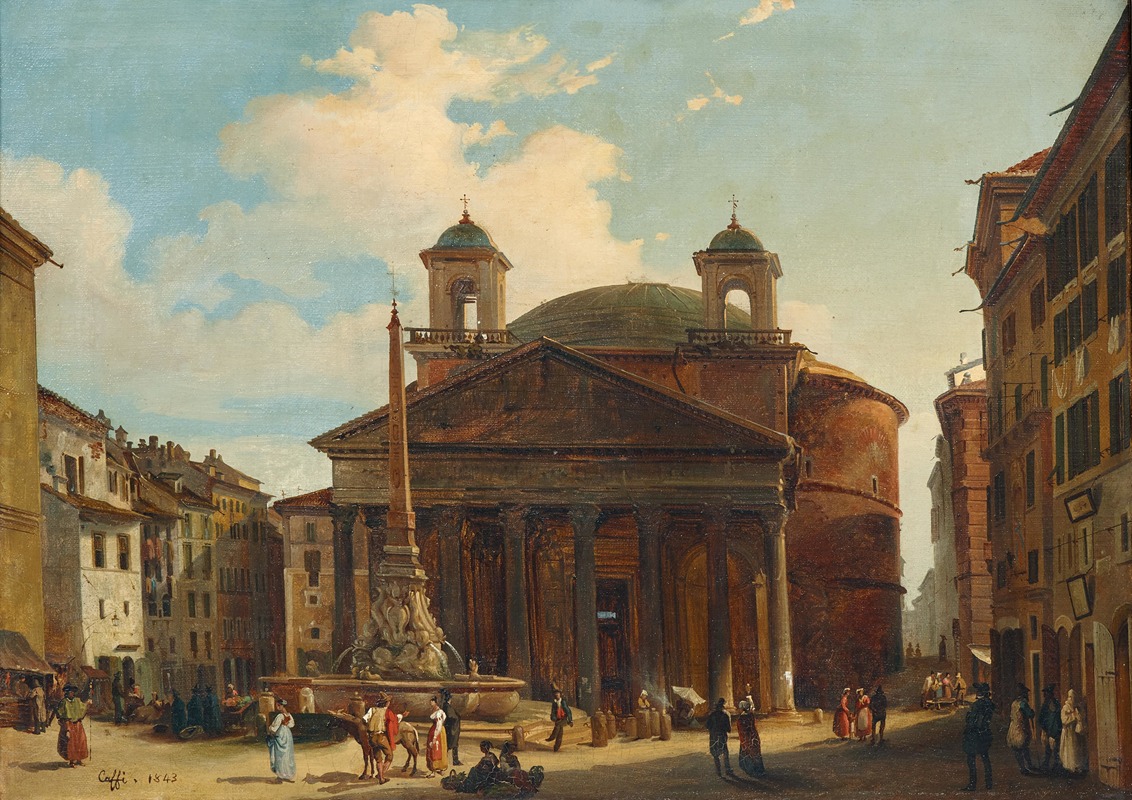
Rome, The Pantheon
A hand-painted replica of Ippolito Caffi’s masterpiece Rome, The Pantheon, meticulously crafted by professional artists to capture the true essence of the original. Each piece is created with museum-quality canvas and rare mineral pigments, carefully painted by experienced artists with delicate brushstrokes and rich, layered colors to perfectly recreate the texture of the original artwork. Unlike machine-printed reproductions, this hand-painted version brings the painting to life, infused with the artist’s emotions and skill in every stroke. Whether for personal collection or home decoration, it instantly elevates the artistic atmosphere of any space.
Ippolito Caffi, an Italian painter known for his vivid depictions of urban landscapes and architectural scenes, created the painting "Rome, The Pantheon" in the 19th century. Caffi was born in Belluno, Italy, in 1809 and developed a keen interest in capturing the essence of cities and their iconic structures through his art. His works are celebrated for their attention to detail and the ability to convey the atmosphere of the locations he painted.
The Pantheon in Rome, a masterpiece of ancient Roman architecture, serves as the focal point of Caffi's painting. The Pantheon, originally built as a temple for all Roman gods, was completed by Emperor Hadrian around 126 AD. It is renowned for its massive dome and oculus, which is the largest unreinforced concrete dome in the world. The building has been in continuous use throughout its history and has served as a Roman Catholic church, known as the Basilica of St. Mary and the Martyrs, since the 7th century.
Caffi's depiction of the Pantheon captures the grandeur and timelessness of this architectural marvel. His painting showcases the Pantheon's imposing façade with its Corinthian columns and the pediment that bears the inscription attributing the original construction to Marcus Agrippa. The artist's use of light and shadow highlights the texture of the ancient stones and the play of sunlight on the building's surfaces, emphasizing the Pantheon's enduring presence in the heart of Rome.
Caffi's work often reflects his interest in the interplay between architecture and the human activity surrounding it. In "Rome, The Pantheon," he includes figures in the foreground, engaging in everyday activities, which adds a sense of scale and liveliness to the scene. These figures, dressed in 19th-century attire, provide a glimpse into the daily life of Rome during Caffi's time, illustrating how the Pantheon continued to be an integral part of the city's social and cultural fabric.
Throughout his career, Caffi traveled extensively, capturing scenes from various cities across Europe and the Middle East. His ability to depict the unique character of each location earned him recognition and acclaim. However, his life was tragically cut short when he died in 1866 during the Battle of Lissa, while serving as a volunteer in the Italian Navy during the Third Italian War of Independence.
Caffi's "Rome, The Pantheon" remains a testament to his skill as a painter and his deep appreciation for the architectural heritage of Rome. The painting is a valuable historical record, offering viewers a window into the past and the enduring allure of one of the world's most iconic structures. Today, Caffi's works are held in various collections, and his contributions to the genre of veduta painting continue to be celebrated for their artistic and historical significance.





